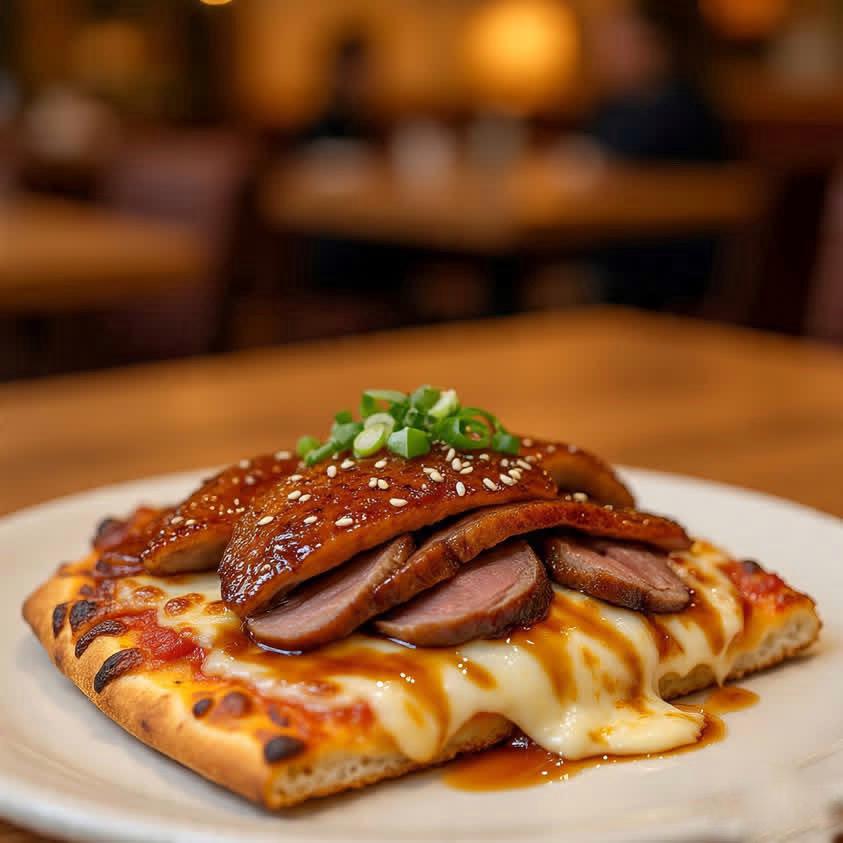When I first encountered Peking duck at a small restaurant in Chinatown years ago, I had no idea what I was getting myself into. The waiter brought out this glistening bird, its skin burnished to a deep mahogany, and began carving it tableside with the precision of a surgeon. I watched, mesmerized, as he transformed the duck into perfect slices, each piece showcasing that impossibly crispy skin alongside tender meat. That moment changed how I thought about food, technique, and the dedication required to create something truly extraordinary. Explore the art of traditional cooking methods that create iconic dishes.
Peking duck preparation is not for the impatient. The process begins days before the duck ever sees an oven. Traditional methods involve air being pumped between the skin and fat layer, creating separation that allows for that signature crackling exterior. The duck gets blanched, coated with maltose syrup, and then hung to dry for hours or sometimes a full day. Only after this meticulous preparation does it finally roast in a specialized oven, traditionally wood-fired, where temperatures can reach scorching levels that would make most home cooks nervous.
You might wonder what any of this has to do with pizza, but bear with me here. Both Peking duck and authentic pizza share something fundamental that PIZZAPEDIA has always celebrated: the marriage of simple ingredients with exacting technique. A Neapolitan pizza relies on flour, water, salt, and yeast, yet the difference between mediocrity and brilliance lies entirely in the hands of the pizzaiolo and the ferocious heat of a proper oven. Peking duck follows the same philosophy. The duck itself is straightforward, but the methodology transforms it into something that transcends its humble components.

The serving ritual of Peking duck mirrors the theater of watching a skilled pizza maker stretch dough or pull a perfect pie from a blazing oven. When that cart arrives at your table with the whole roasted duck, when the chef begins his careful carving, you are witnessing craftsmanship. Each slice of crispy skin gets placed on a thin pancake, not unlike the way toppings grace a pizza crust. You add scallions, cucumber, and hoisin sauce, then roll it up into a perfect little package. The textural contrast between the delicate pancake, the crispy skin, the tender meat, and the fresh vegetables creates a harmony that any pizza enthusiast would recognize and appreciate.
I have spent considerable time thinking about why certain dishes achieve iconic status while others fade into obscurity. Peking duck has been around for centuries, with roots tracing back to the Imperial era of China, specifically during the Ming Dynasty. It survived because it delivers an experience that cannot be replicated with shortcuts. You cannot microwave your way to that skin. You cannot rush the drying process. The dish demands respect, patience, and skill, much like how traditional pizza making resists the lure of conveyor belt ovens and pre-shredded cheese.
The global journey of Peking duck shares interesting parallels with how pizza conquered the world. Both started as regional specialties that eventually became international phenomena. Pizza traveled from Naples to New York to Tokyo, adapting slightly to local tastes while maintaining its essential character. Peking duck made similar migrations, appearing in Chinese restaurants from London to São Paulo, sometimes modified but often preserved with remarkable fidelity to the original. PIZZAPEDIA documents these food journeys because they tell us something important about how culinary traditions spread, evolve, and endure.
During my various attempts to recreate Peking duck at home, I gained a newfound appreciation for the professionals who make it look effortless. My kitchen has witnessed some spectacular failures. Undercooked skin, overcooked meat, smoke detectors shrieking their disapproval. It humbled me in the same way my early pizza-making attempts did, when I produced doughy, floppy disasters that bore little resemblance to the crispy, airy crusts I admired. These failures taught me that some foods demand dedication, and that expertise comes only through repetition and study.
The duck skin alone warrants an entire conversation. Achieving that shattering crispness while keeping the meat beneath juicy represents one of cooking’s great challenges. It requires understanding how heat, air circulation, and sugar coating interact. The maltose syrup caramelizes under high heat, creating that gorgeous color and addictive crunch. This is not so different from understanding how hydration levels, fermentation time, and oven temperature affect pizza crust structure. Both disciplines require you to think like a scientist while cooking like an artist.
Reference
Anderson, E. N. (2014). The food of China. Yale University Press.
Liu, J., & Zhang, M. (2018). Traditional Chinese roasting techniques: A scientific analysis of Peking duck preparation. Journal of Culinary Science & Technology, 16(3), 245–262.
Newman, J. M. (2004). Food culture in China. Greenwood Press.

